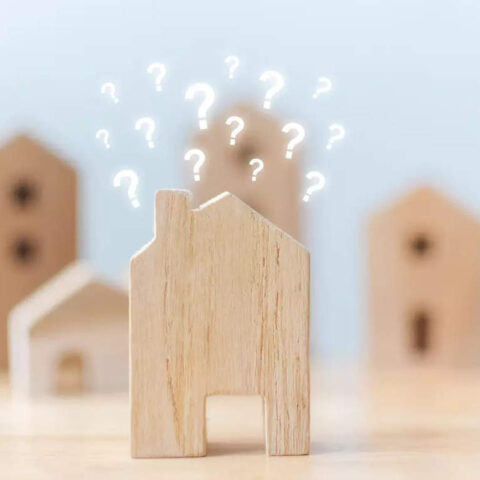SpongeBob SquarePants’s visual lexicon has left its lasting imprint on Gen Z’s cultural consciousness. Now, as Y2K nostalgia and unbridled whimsicality are increasingly celebrated in the design space, aesthetic themes from Bikini Bottom are more influential than ever. I have one question for my fellow Goofy Goobers: “Are you ready, kids?” Rock on, because Bikini Bottomcore is officially here.
After building my first home—a Lego pineapple—two decades ago, it appears that my favorite Bikini Bottom tropes continue to live on in my subconscious, injecting imagination into my space. In my bedroom, a wall covered in floral doodles stretches from floor to ceiling. Glow-in-the-dark cutout flowers dot my ceiling, like the glow in the dark stars in my childhood room. I’ve been doodling these squiggly flowers since I was a kid and have filled hundreds if not thousands of pages with them—though constantly changing and re-emerging in new color palettes and media, they’re a familiar constant in every apartment I’ve ever lived in, starkly juxtaposing the otherwise black decor around me. While I had initially credited this design to my own creative spirit, all my house guests immediately ask: “Wait, are those the flowers from SpongeBob?”
Unless you live under a rock like Patrick Star or weren’t allowed to watch the show as a kid (also known as the Gen Z’s who turned out “normal”), you, too, can probably picture the amorphous floral clouds floating through Bikini Bottom. After all, SpongeBob SquarePants is one of those few shows with such a keenly developed visual lexicon that you can practically hear the bubbles rising above Bikini Bottom or the opening chords of SpongeBob playing his nose as an instrument (like mayonnaise) upon seeing a visual reference.
As someone who was born the same year that SpongeBob SquarePants debuted, just before the turn of the century, I’ve been told that my catchphrase is “You know that episode of SpongeBob when… (He sings ‘Striped Sweater?’ Returns yet again to Boating School? Rips his pants?)” Twenty-five years, as the French narrator fish would say, and far too many reruns later, SpongeBob’s vernacular, art, and undying optimism continue to live on in my own. Recently, I’ve noticed how it has infiltrated not only my own aesthetic but also the resurgence of 2000s design trends around me, shaping not only the humor but also the aesthetic of my generation.
According to Stefanie Shank, art director at Nickelodeon, the aesthetic of Bikini Bottom is inspired by the zeitgeist of the ’60s, which was not only the golden era of cartoons but also the inception of widespread underwater exploration on screen. In the VH1 documentary Square Roots: The Story of Spongebob SquarePants, creator Steven Hillenburg credits his background in marine biology to the French naval officer, oceanographer, and filmmaker Jacques Cousteau’s portrayal of the underwater realm. “I hadn’t seen anything like that before,” he says. “It was like landing on the moon for me.”







